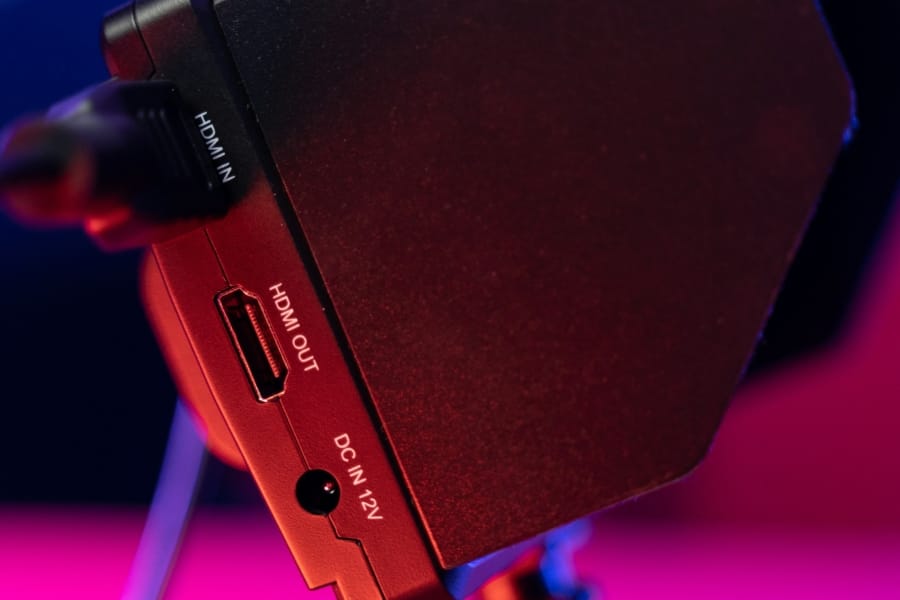HDMI Nightmares, Switches, and Dongles
Few years ago, when I was looking for a replacement USB hub in South Korea, I quickly realized I was in the world of trouble. The listings for a powered USB hub with at least USB 3 rating were swarmed with Chinese knock-offs, and a lot of them didn’t ship with the power adapter when it clearly needed one to be “powered”. USB-C hub didn’t help either; majority of the hubs were meant to be a dock, not a hub for laptops with USB-C.
My last how-to post on HDMI-CEC blocker was in similar vain. My old HDMI switch was dying; the old DC barrel jack would keep unplugging itself. I was willing to go as far as buying a new HDMI switch, only to realize HDMI switch market is similarly swarmed with knock-offs and rebranded Chinese electronics. And Coupang, South Korea’s Amazon counterpart, in its infinite wisdom, decided to throw the search results for HDMI of all manners, instead of just a switch. Possibly due to language barrier, the query showed switch, selectors, and splitters on the same page, as the item listing often didn’t make distinctions either. Did I also mention I was looking for powered HDMI 2.1 switch?
Because most of these listings are knock-offs and rebranded items anyway, I often rely on blog posts and other social media on multiple languages before I buy something so generic. One might ask why not read the product description, but often Korean product page simply lacks the technical specs. The only way to verify what is insinuated in the listing is either test it myself or look for more reviews. Thankfully, I was able to find a rebranded HDMI switch, which shared all the appearances, all the specs, and even the remote from the Amazon listing one redditor recommended. It met my demands: have all inputs, outputs, and power port on one side, Logitech Harmony support or included IR remote, HDMI 2.1 spec, and free from miscellaneous HDMI issues.
My heart skipped a beat when I found the jackpot, only to sink a little when it had only 4 input ports. One with 5 ports with identical design was clearly available on Amazon, but not so on Coupang, let alone shipping it to South Korea from Amazon. When I finally found one, it lacked any kind of reviews, —even on the product page itself— and I wasn’t going to chance that. Not to mention it lacked any kind of information on how it handles some of the notorious HDMI features. Take for example, HDMI 2.1. As far as I am aware, a product can call itself “2.1” without reaching the maximum bandwidth. Without production description or reviews, no guarantees. Another example, CEC. I needed a guarantee it will not listen to CEC, not to mention disabling auto-selecting inputs.
At the end of the day, I went about and bought a 4 port switch that had some documentations of sorts. For the life of me, LG did pull through on this one —unlike my previous TV, this one had three HDMI ports, saving me the headache to look for 5 port switch. But for better or worse, TVs are ought to have more ports. A switch-based solution goes against the very design of HDMI-CEC, if anything. My new TV has an elaborate settings for regular TV viewing, cinema, sports, or video games, and those settings are bound to the HDMI inputs. But with only two HDMI inputs, —not counting one port for ARC— the Korean TV manufacturer seems to expect two smart devices can handle all of the needs, but somehow that two devices are going to play at least one of four distinct genres exclusively.
HDMI suffers the same problem the USB-C is having. The ports and cables don’t have any meaningful logos or icons which is which. HDMI cables aren’t created equal, and so are the HDMI related devices. And that lack of distinctions is the backdoor to the overall HDMI ecosystem, a vulnerability. It’s becoming harder and harder for average consumers to just buy things, never mind the “install and forget” approach. When HDR was praised as the technology to deliver what the director intended in CES 2023, I believe the same corporations behind the CES should have thought about how consumers will connect that HDR-capable devices back to the revolutionary TVs.
